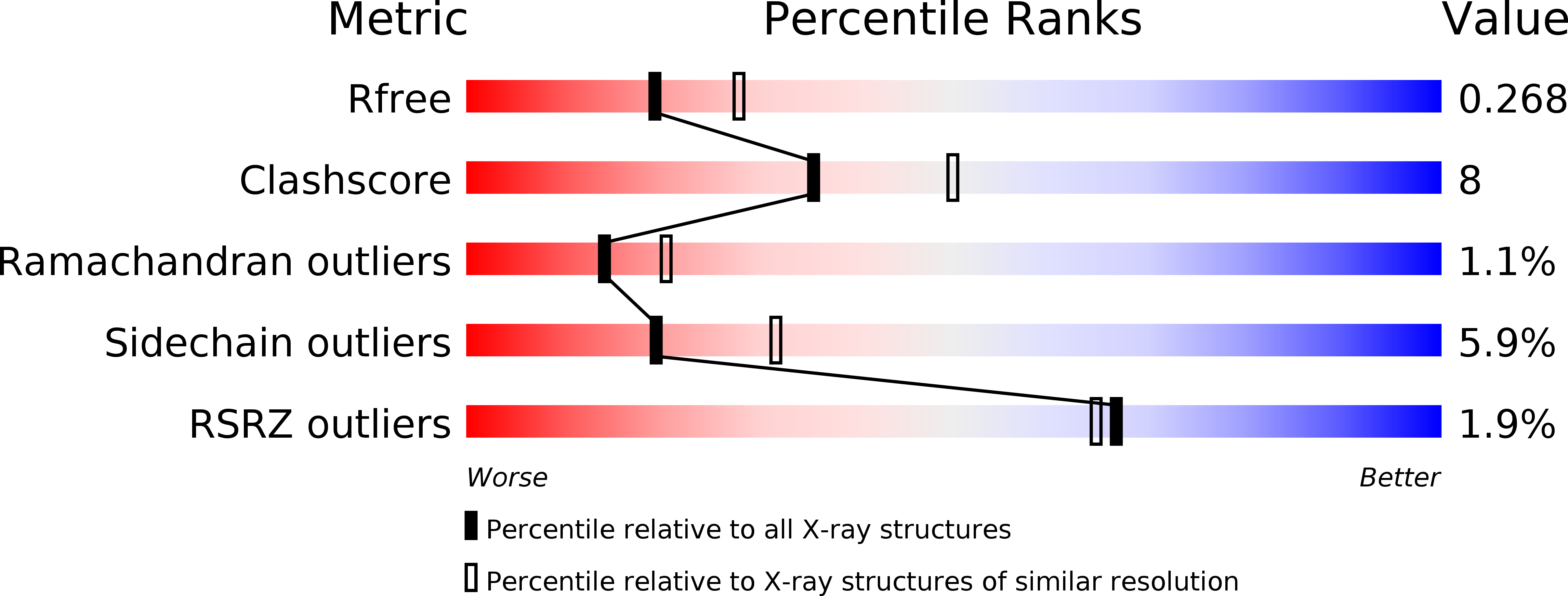
Deposition Date
2010-06-25
Release Date
2010-11-03
Last Version Date
2023-11-01
Entry Detail
PDB ID:
3NOM
Keywords:
Title:
Crystal Structure of Zymomonas mobilis Glutaminyl Cyclase (monoclinic form)
Biological Source:
Source Organism:
Zymomonas mobilis (Taxon ID: 555217)
Host Organism:
Method Details:
Experimental Method:
Resolution:
2.40 Å
R-Value Free:
0.26
R-Value Work:
0.19
R-Value Observed:
0.20
Space Group:
P 1 21 1


